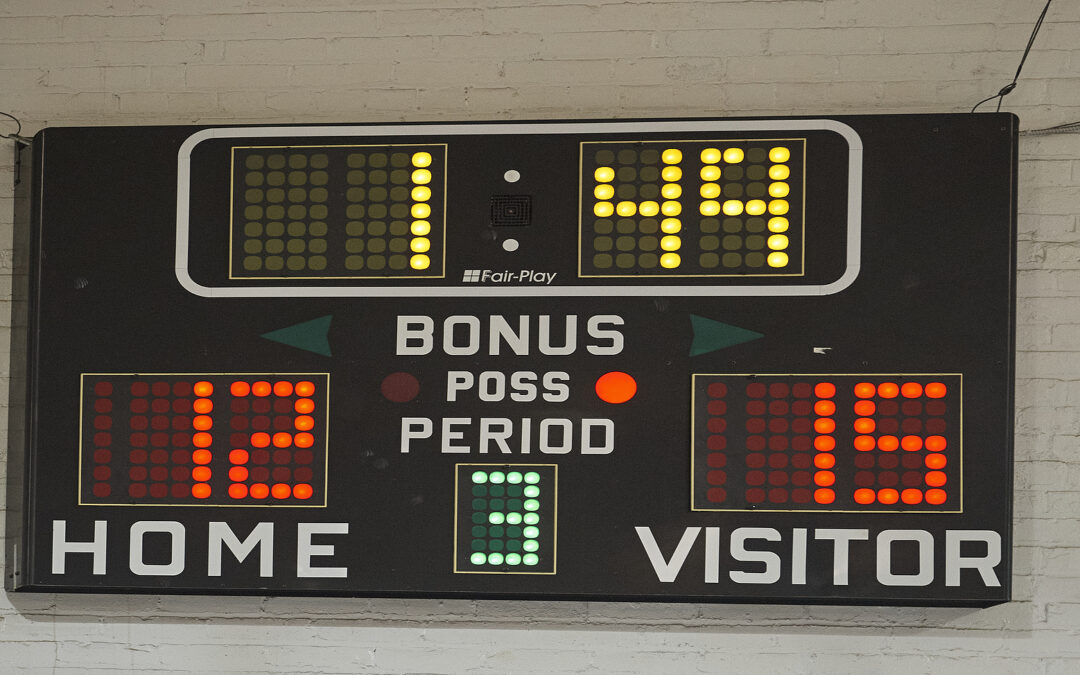I have noticed that as leaders of teams, we tend to focus our energy on the wrong work.
Here is an example to illustrate what I mean.
In addition to helping leaders build functional, collaborative, aligned teams through my speaking, consulting, and training programs, I coach basketball part-time. My first impulse when I started coaching was to draw up tactics (plays) to score points and win games. Makes sense, right? Tactics are important but what I have learned is that the end outcomes are much better when I focus my energy on developing the right team habits. The same is true with the leadership teams for whom I lead or work.
Here are three examples of the “little” habits that make a big difference in the outcome of a game along with a related leadership team habit:
1. Peek at the rim: when you catch the ball, you always peek at the rim. This habit ensures we can see open players and take advantage of open scoring opportunities. For a leadership team, “peeking at the rim” could be never ever starting a tactical meeting or making a decision without first reviewing your strategic foundation. Your strategic foundation means why we’ve said we exist, how we’ve said we will behave, how we’ve said we will succeed, and what we’ve said is most important now.
2. Finish off two feet: when driving to the basket, we always finish off two feet (this habit makes sure we are always in control, balanced, and have options when the defense closes off our drive). For a leadership team, “finishing off two feet” could be ending every meeting documenting the decisions we made and the messages we need to communicate, as a team, to the rest of the organization. That way, we make sure we are clear, balanced, and speaking with one voice, instead of operating off balance or out of sync with each other.
3. Catch ready to shoot: on offense, we always catch the ball ready to shoot instead of getting ready to shoot after we catch the ball (this habit helps us play faster and get more, better, open shots). For a leadership team, “catching ready to shoot” could be creating a habitual meeting rhythm with a daily check-in, weekly tactical meeting, and separate strategic meeting. With this meeting rhythm and habit, your weekly tactical meeting is just that, tactical. That way you operate and execute quickly instead of getting bogged down by other, “great” ideas, strategic discussions, or items that are not actually important.
I find that clients benefit most by scheduling a strategic team offsite that is focused on creating the foundational layer of cohesion, clarity, and habits on which the tactics and goals can sit. (if you want help in creating a plan for your offsite, email me, and let’s set up a conversation).
Our first impulse on a team is to create a list of tactics and goals that we want to accomplish, and then work to accomplish those tactics and goals. What I have learned over the years, both on the court, and in leadership teams, is that the outcomes are much better over the long-haul when we first focus our energy on developing the right team habits.
